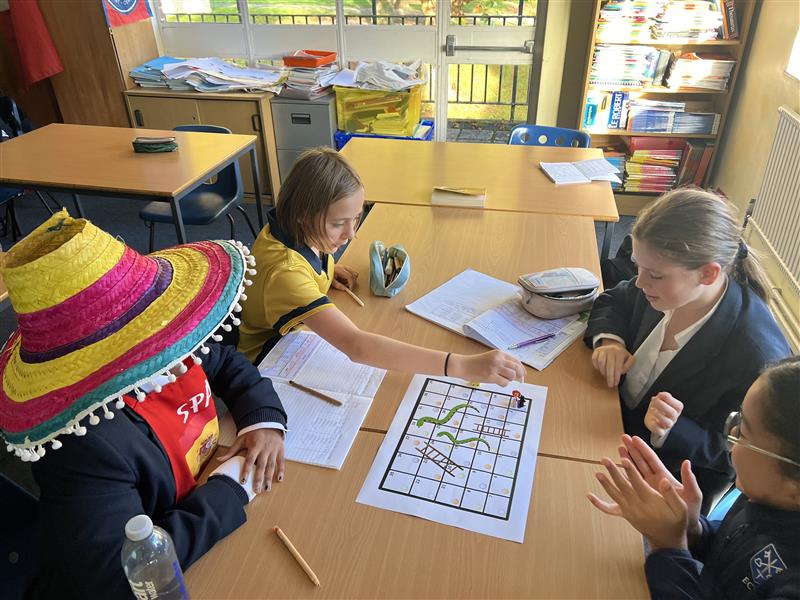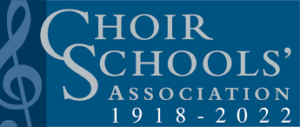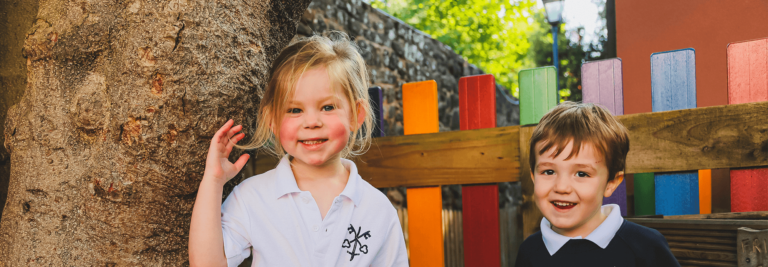Dear Friends,
In the East, those who follow the Way [the earliest description of being a Christian] have their major celebration on 6th January, being a much more significant festival for them than 25th December: Christmas. [Perhaps some of you have strong connections to the glories of the Eastern Orthodox Church.]
The 6th January is the festival known as THE EPIPHANY or THE SHOWING of the Christ-child.
Christmas and Epiphany… they last longer than you probably thought!
In the Gospel of Matthew, [2:1-12], three night visitors or wise men [perhaps Kings, Astronomers, Scientists, Doctors…?] brought gifts of Gold, Frankincense and Myrrh for the Christ-child, having been guided to the child by knowledge of astronomy [with perhaps a little bit of astrology thrown in for good measure!]. The painting is Rubens ‘The Adoration of the Magi’, which now forms the High Altar piece in King’s College, Chapel, Cambridge.
Jesus, of course, was a Jew and it’s important to remember that he remained such. ‘The Showing’ is important as it symbolises the Jewish Child Jesus to the world beyond Judaism; or as some might put it – ‘The Gentiles’ – as represented by the three visitors. Epiphany is then an inclusive festival. But it doesn’t end on 6th January.
If you have a crib in your home somewhere, don’t put it away with your other Christmas decorations, but leave it there until the end of Epiphany at the Feast of Candlemas, which this year is on 2nd February, when in the Christian story Jesus is presented in the Temple, which symbolises not only the traditional initiation rite of Judaism, but the showing of Jesus is the offering of the child to the world.
God offering God to me, to you!
Your crib probably has figures representing the three visitors or kings. Leave them there. On Candlemas, a beautiful festival, at the Eucharist candles are lit by all present illustrating the song of Simeon in the Temple: ‘A Light to Lighten the Gentiles’. Christmas and Epiphany then go on for much longer than you probably thought! The painting on the right is the Presentation in the Temple, by Aert de Gelder.
What do the three gifts mean?
As for the gifts: Gold, Frankincense and Myrrh, the purpose of the story being told is to present me with a question: what gift am I able to bring and am determined to bring? The three gifts in the story are clues.
Gold symbolises the gift for a king. So, my gift is time and attention [the real ‘gold’ of my inner life] to Christ within and through prayer and meditation: the disciplined practice of waiting and patience on a daily basis. This is no easy-going option, as patience and waiting is demanding. If I give myself to this practice [and training], awareness intensifies and loving intensifies. This is not cheap, because it is golden!
Frankincense is the ‘rising’ of a beautiful perfume – incense – symbolising the offering up of all that I am in ‘obedience’ to the presence of Christ. Our culture is inclined to resist the word ‘obedience’, as it is associated with unquestioning authoritarianism; whereas it is about listening and following. Simple and hard!
Myrrh is a herb that is often converted into an oil for anointing: healing. This symbolises the simple giving of myself to the needs of those I know who are suffering.
Is our attention drawn to the Love of God?
So, let me suggest to you that if you have the chance, with your family or friends, including children, at home, read St Matthew 2:1-12. Then imagine the ‘three gifts’ and ask whether they are calling for your attention and prayer.
At the very least, this exercise may help you to ask the question about what you give your attention to. Is my attention drawn to the Love of God, which then radiates from that loving to others? The key word then in this letter is: attention!
Every blessing to you and yours for this Epiphany-tide, as we broaden our view towards difference, the other, the excluded, those beyond our usual eye-line.
In the Love of God,
Bishop Martin
School Chaplain
















